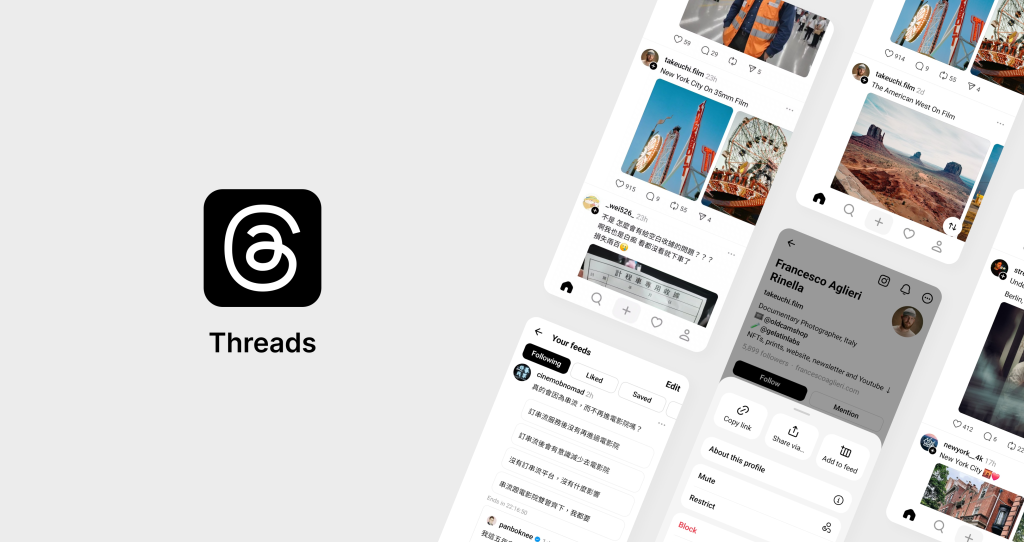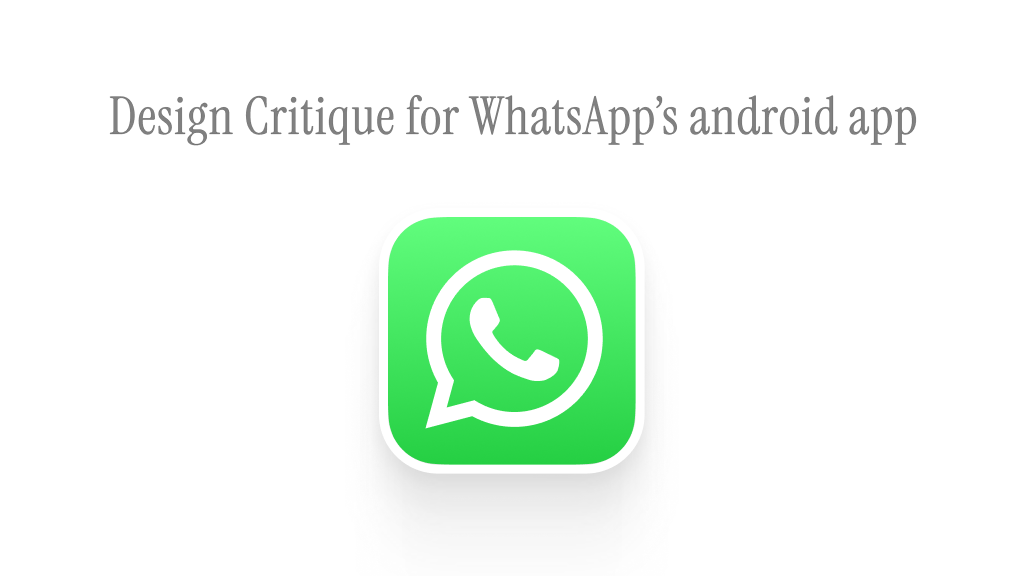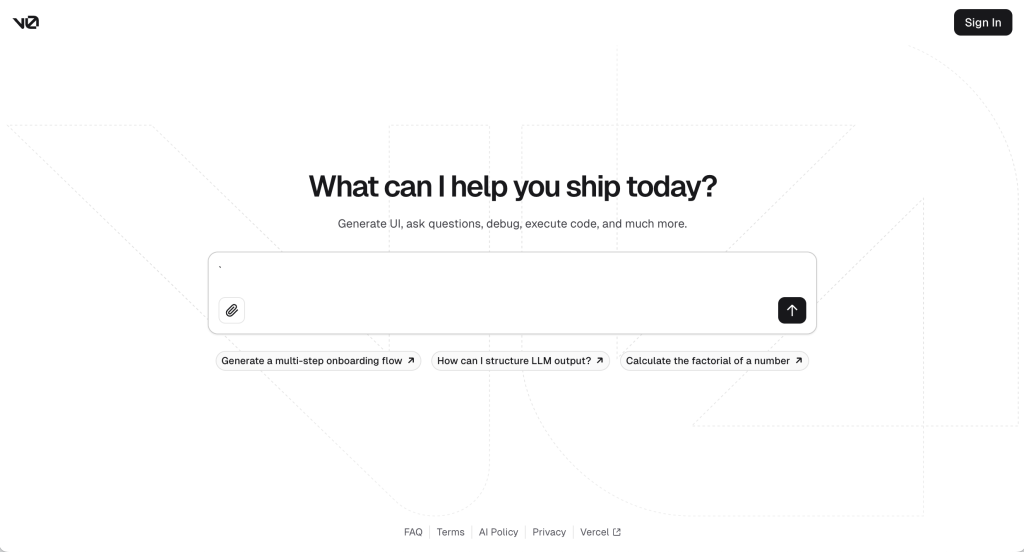Design Critique: Threads (Android App)
Introduction Threads, launched in 2023, is a social media service developed by Meta. Similar to Twitter, it allows users to post text, images, and videos. The home page displays popular posts based on users’ locations and content from followed accounts. This article focuses on the critiques of the Android Version of Threads, addressing three user […]
Design Critique: Threads (Android App) Read More »









